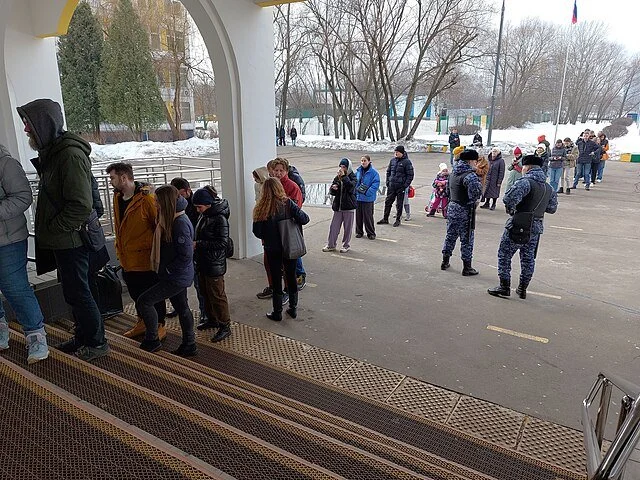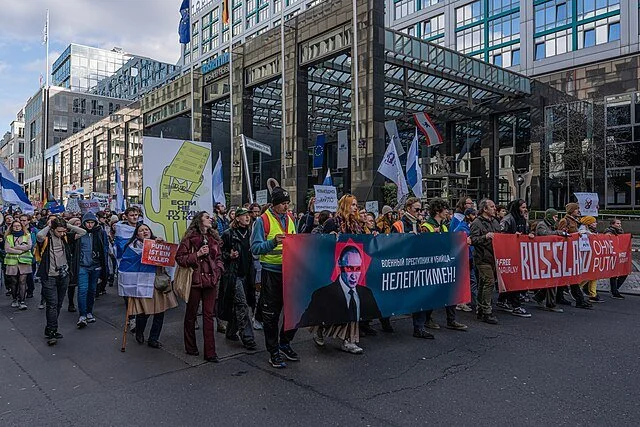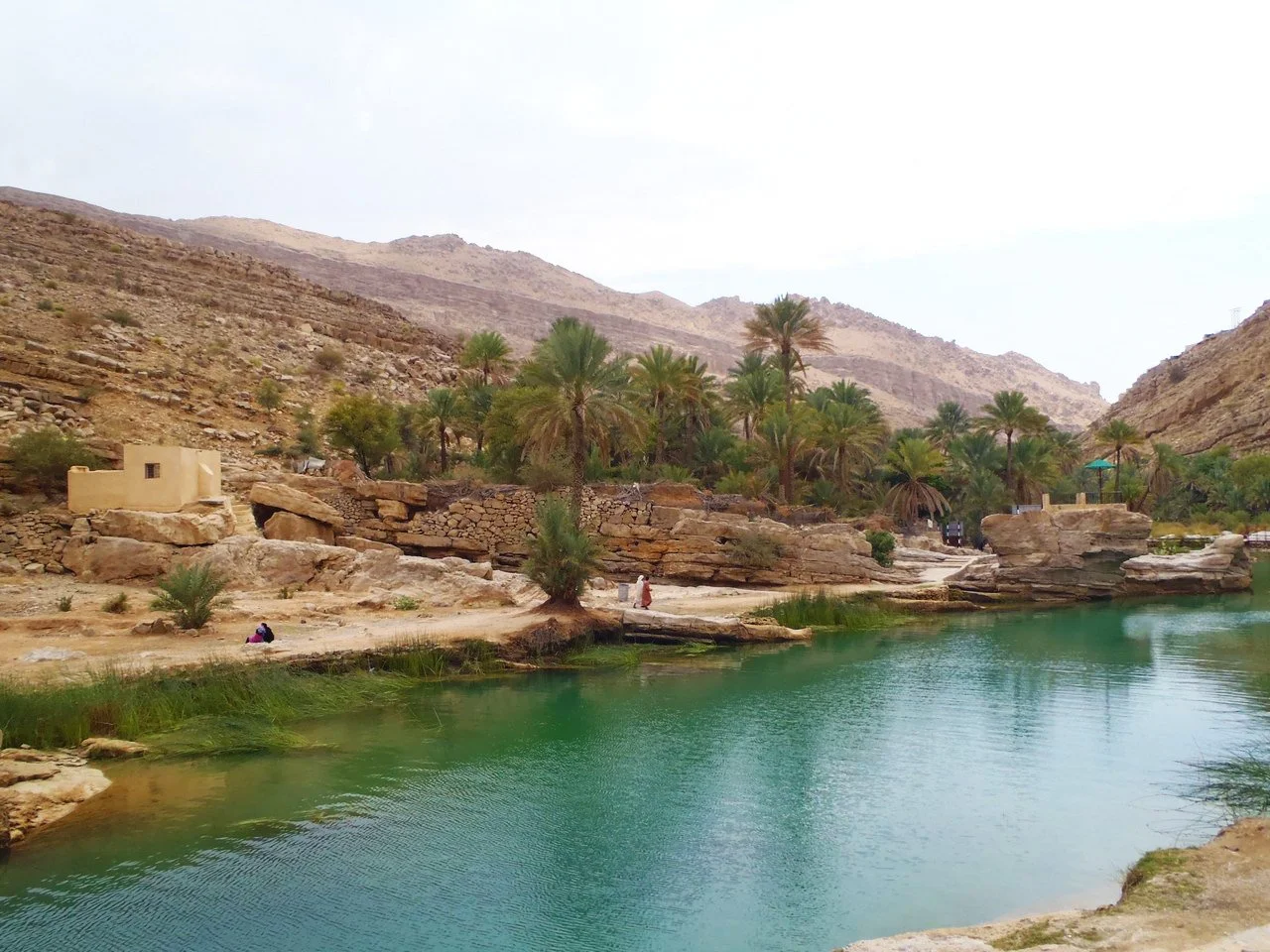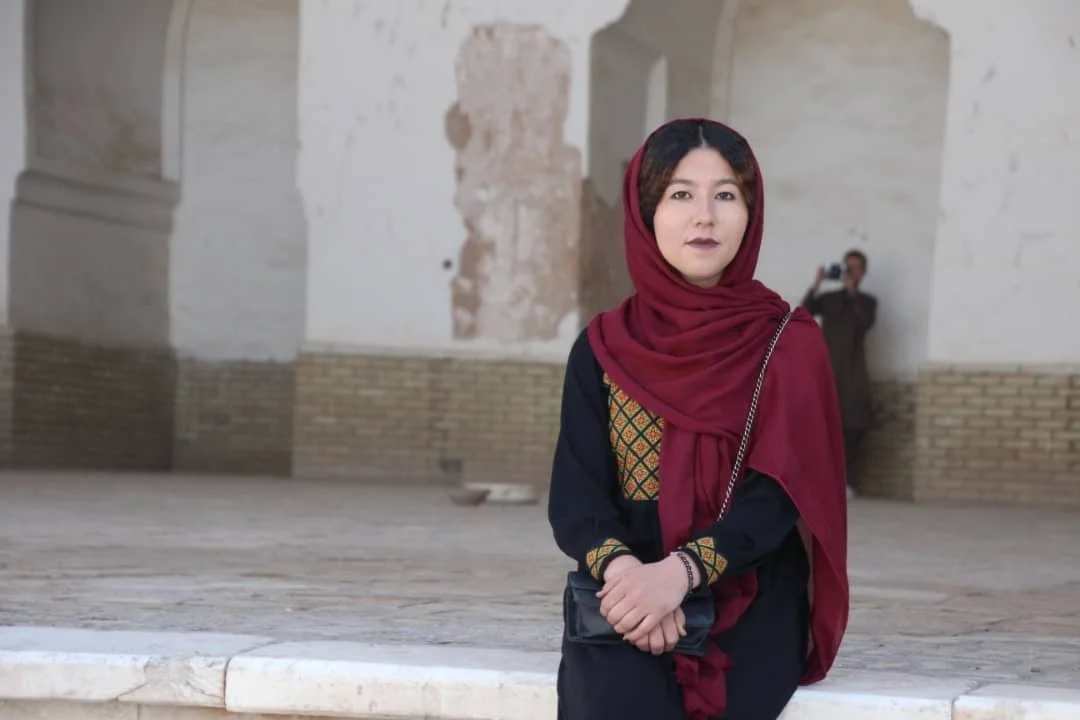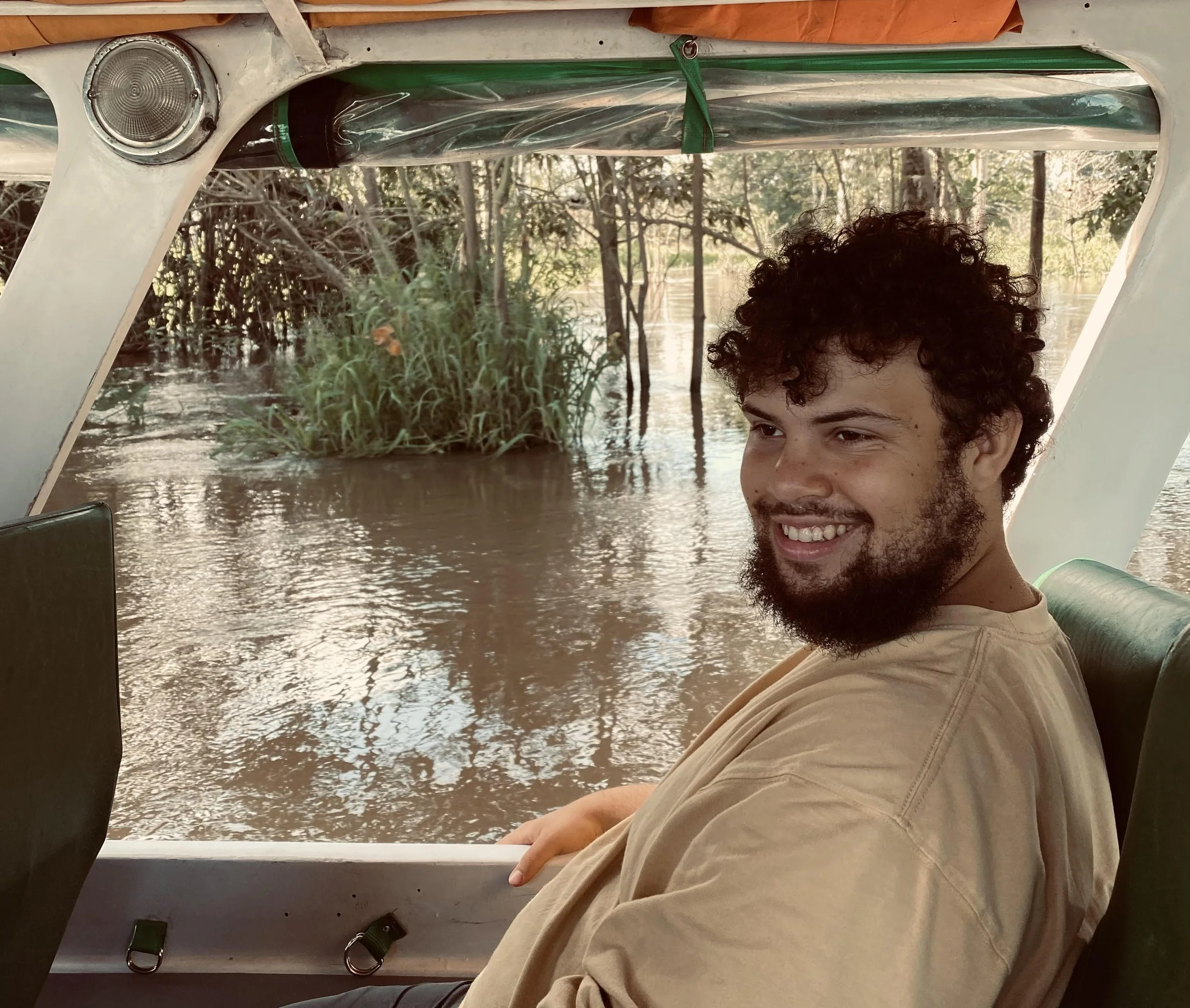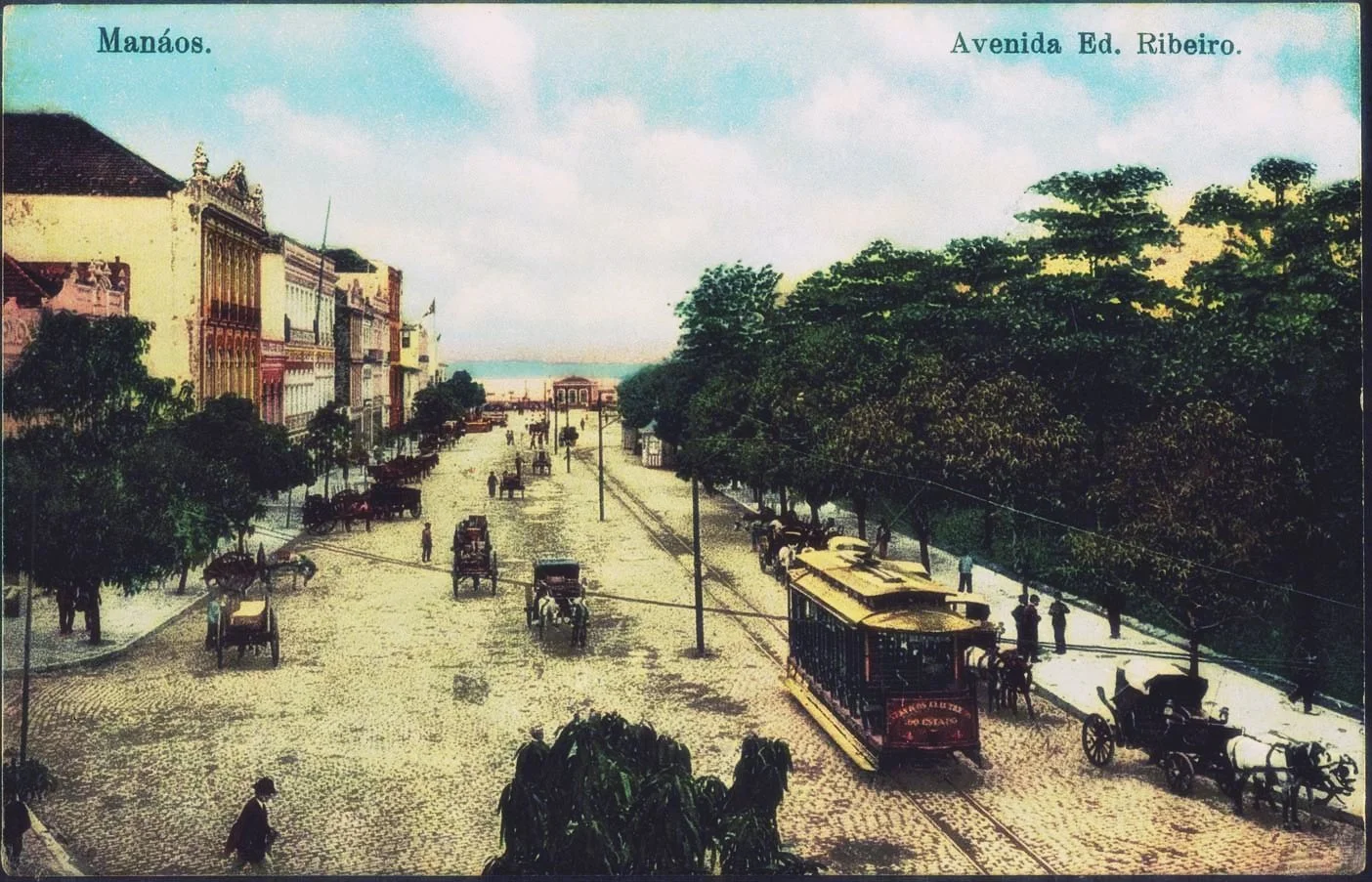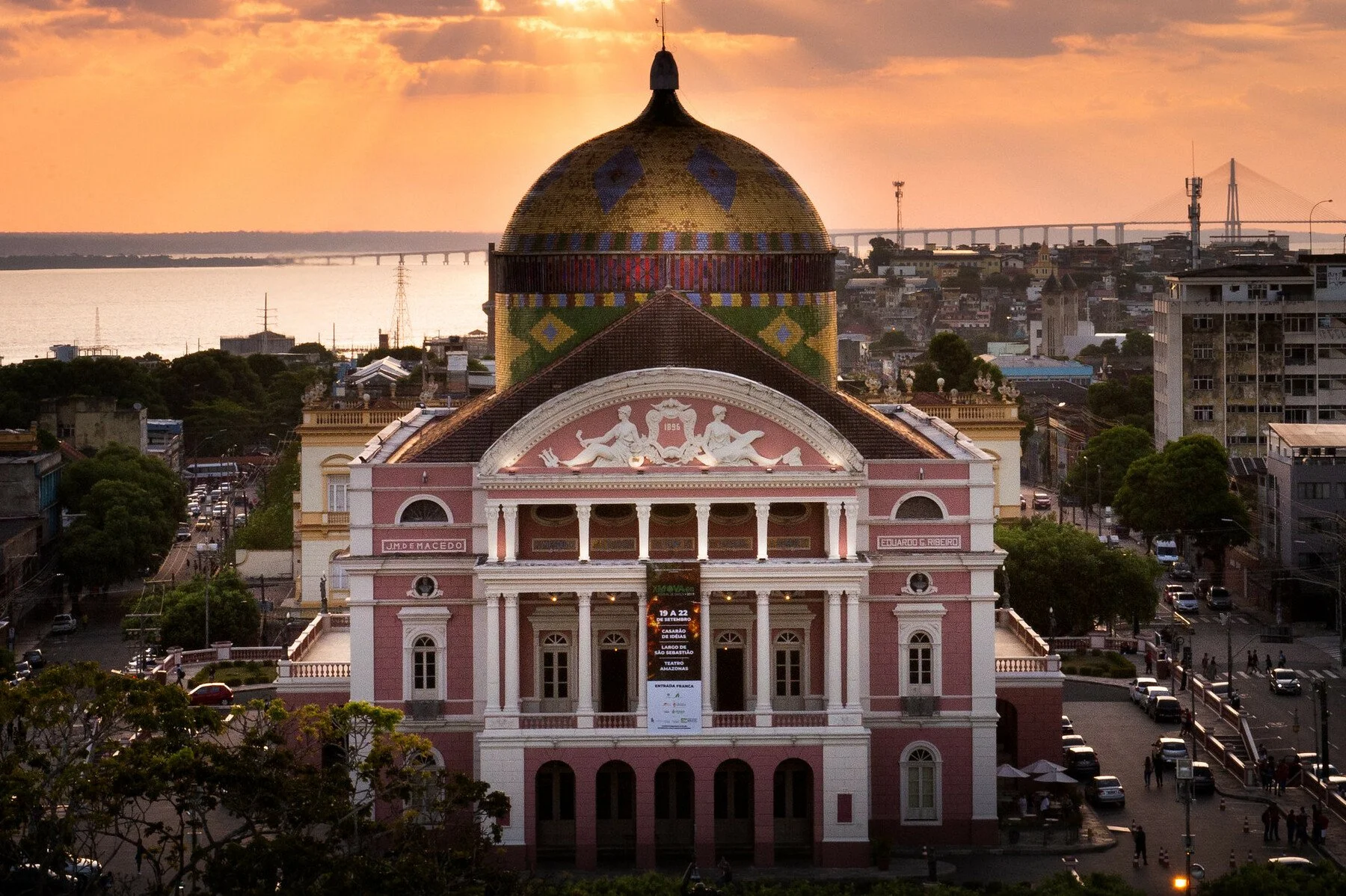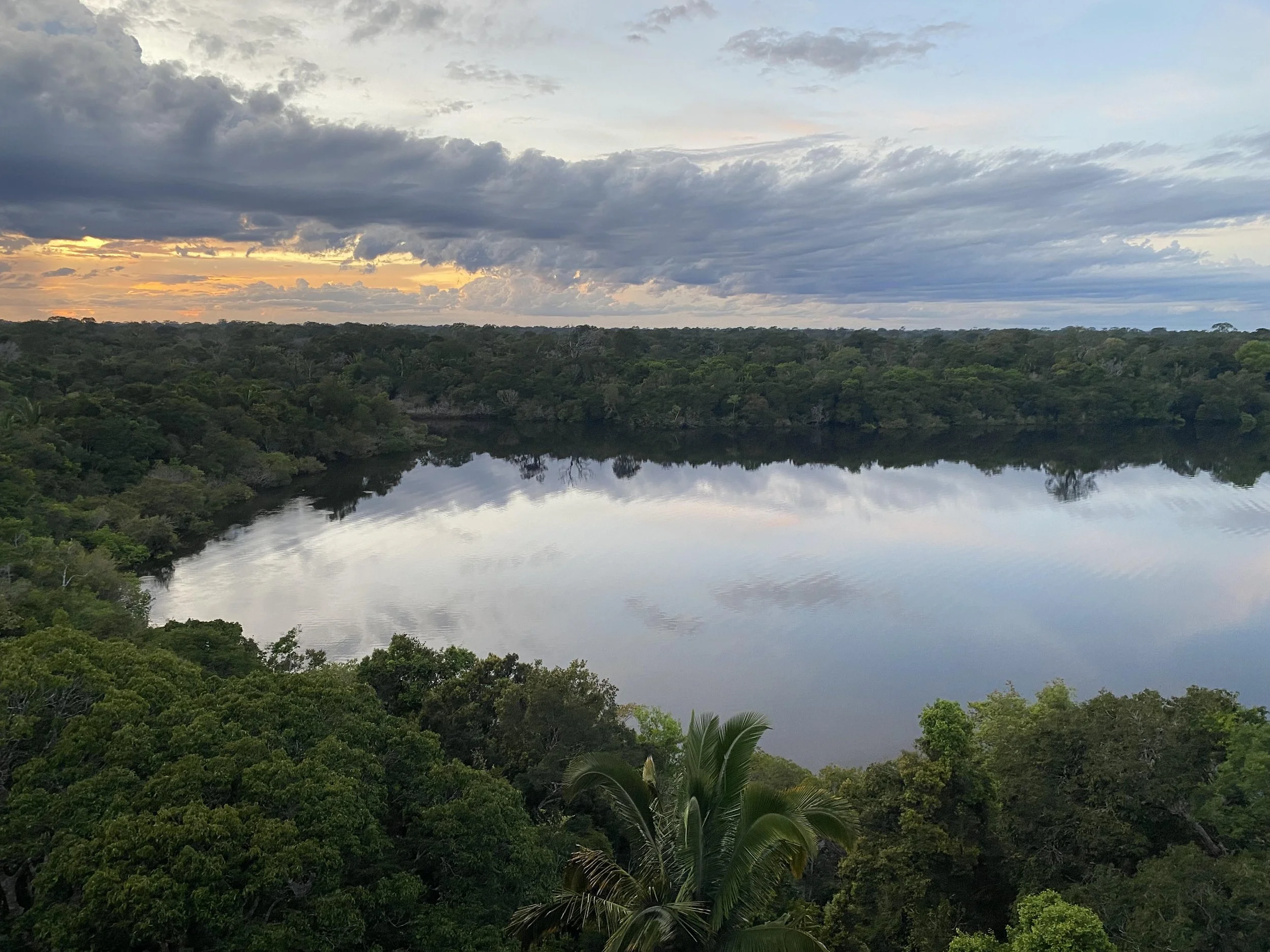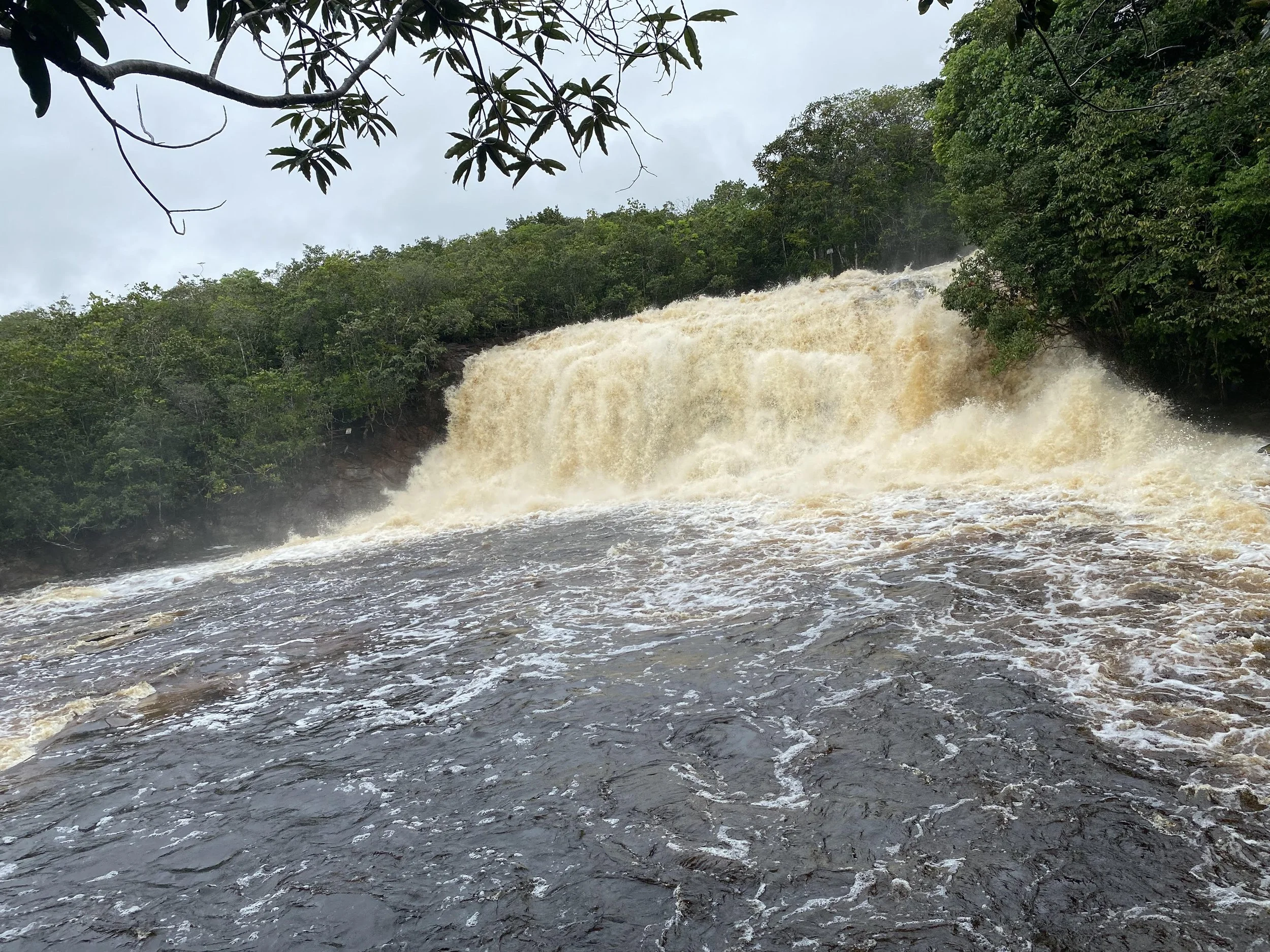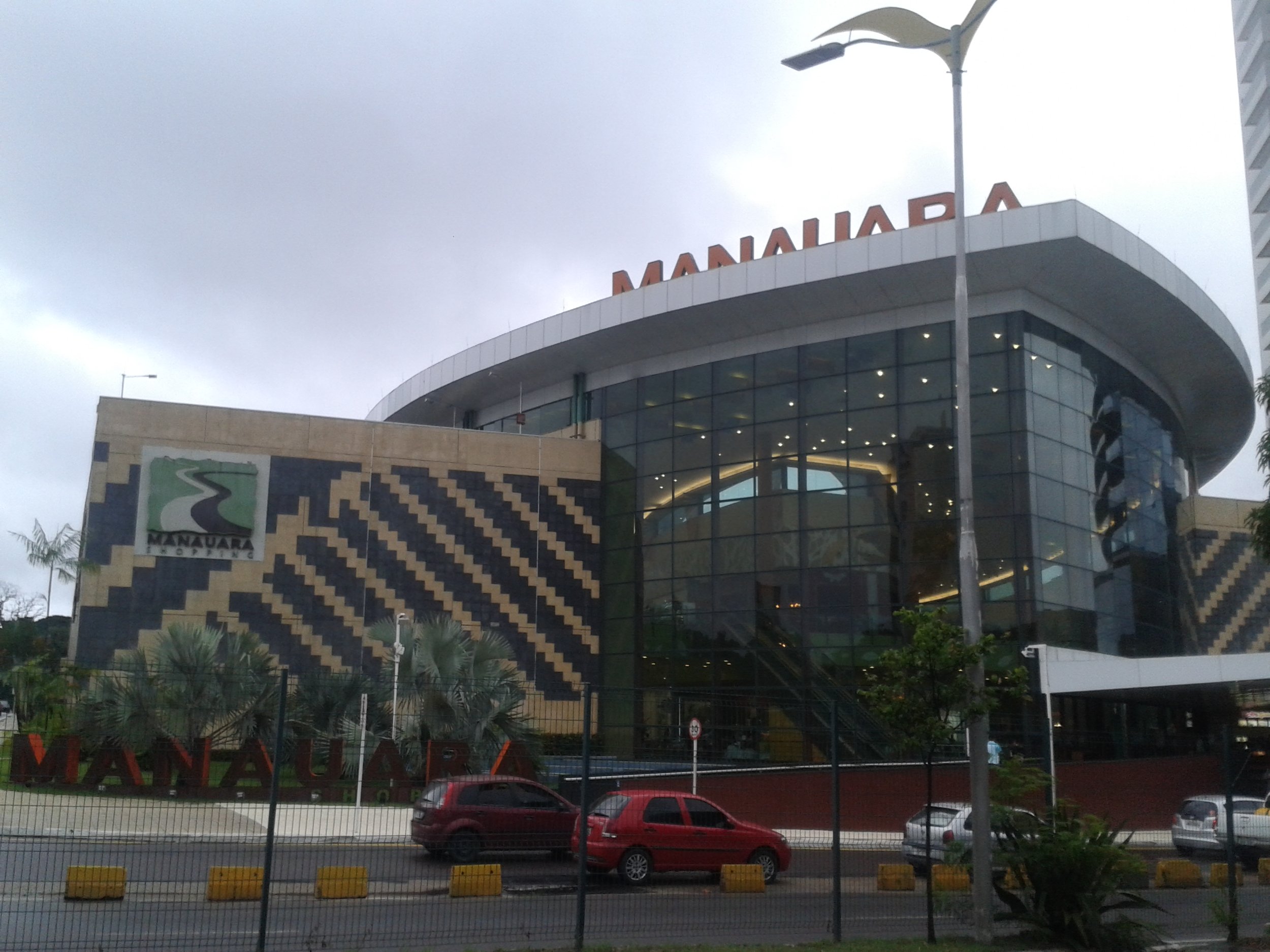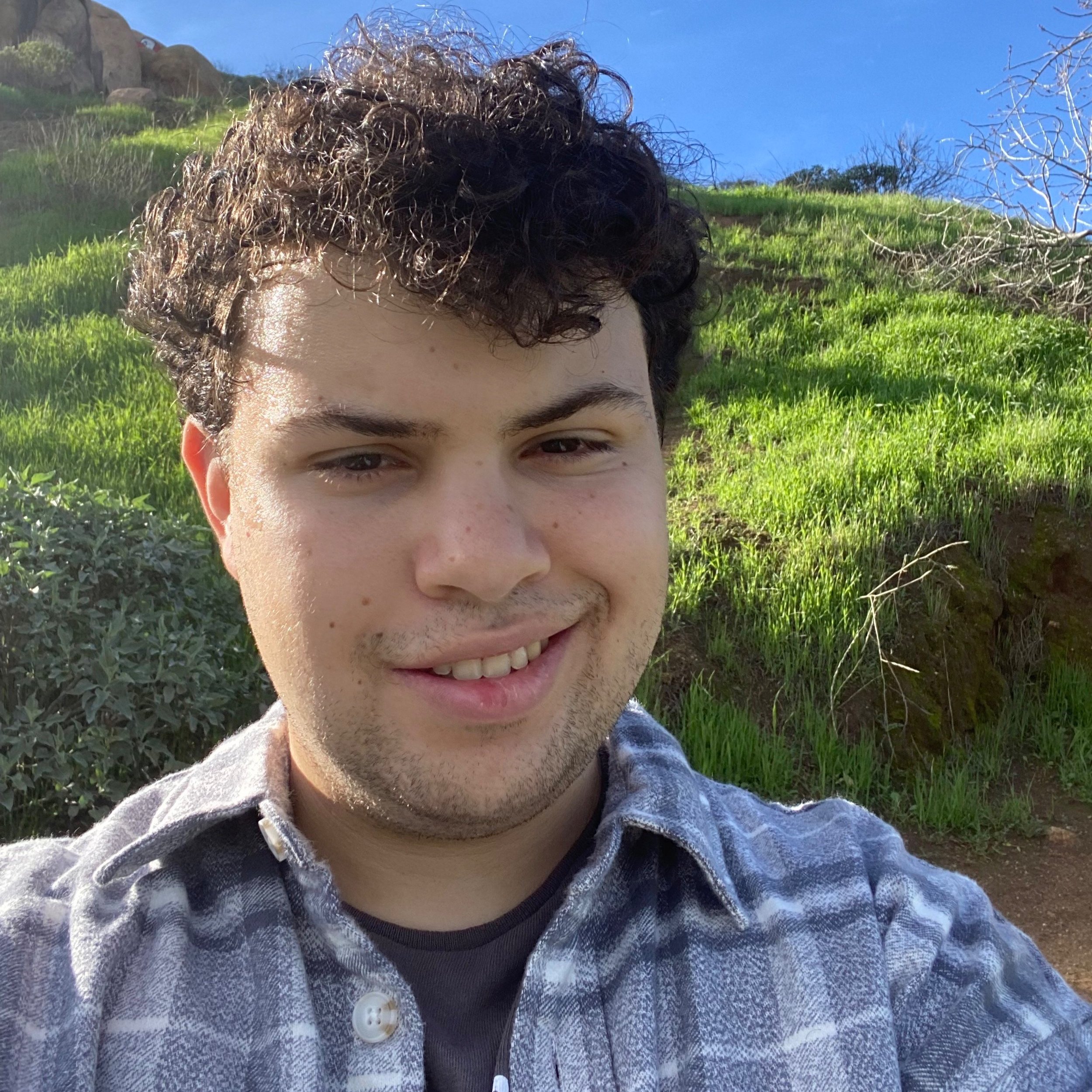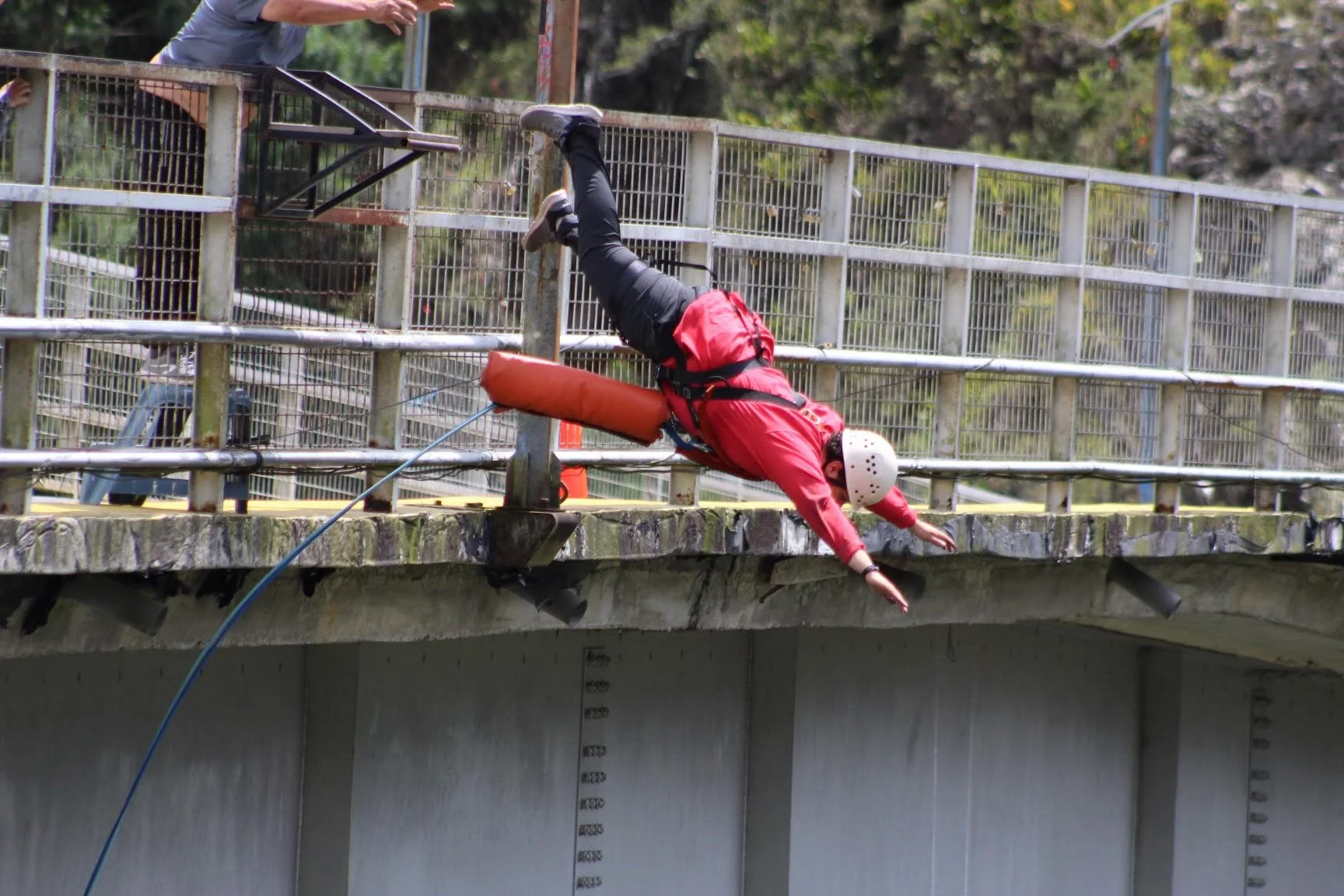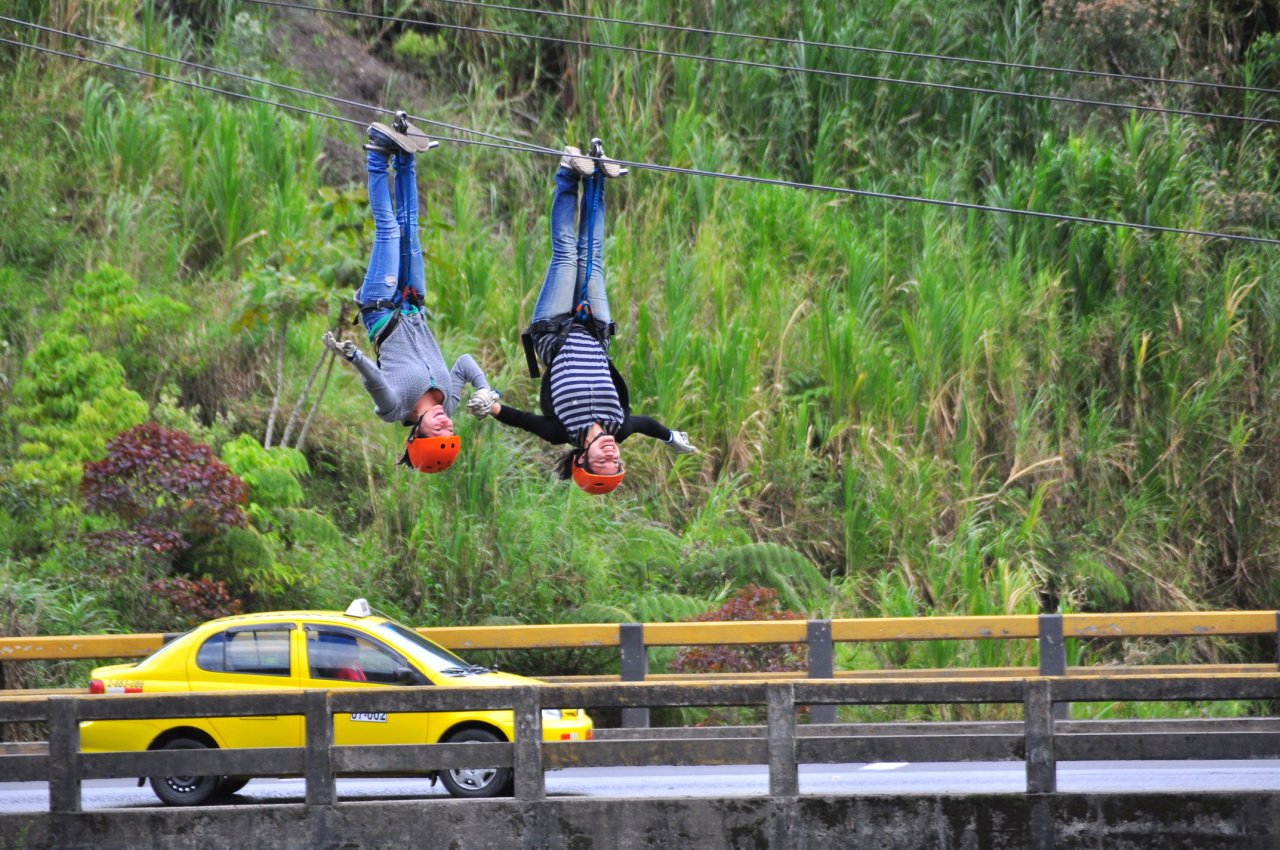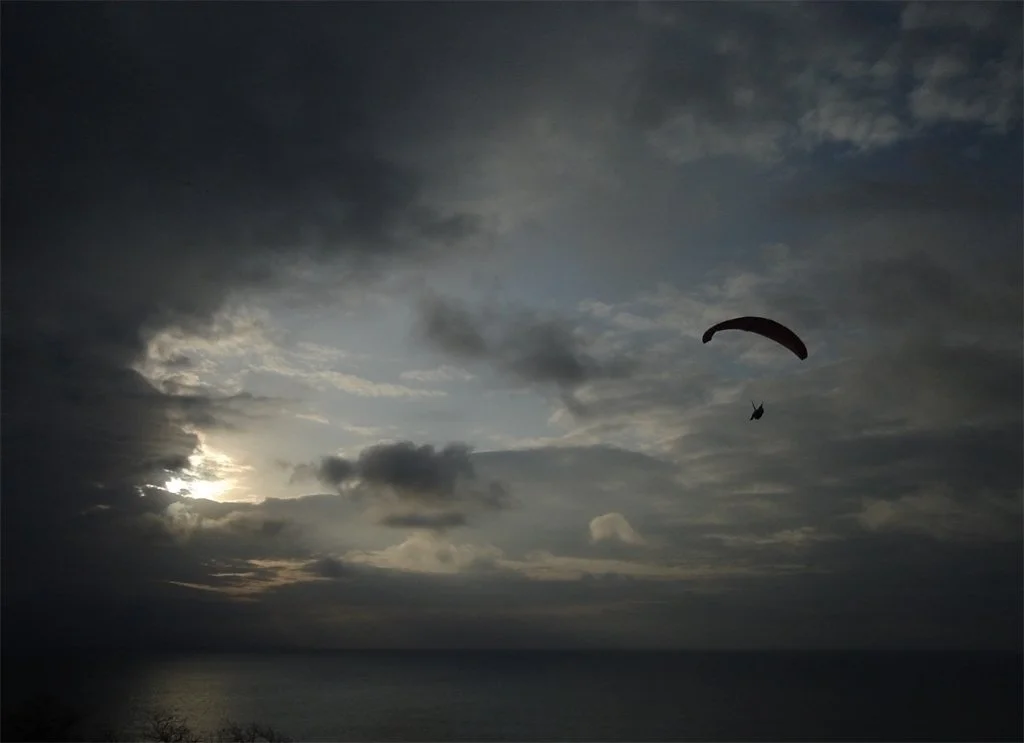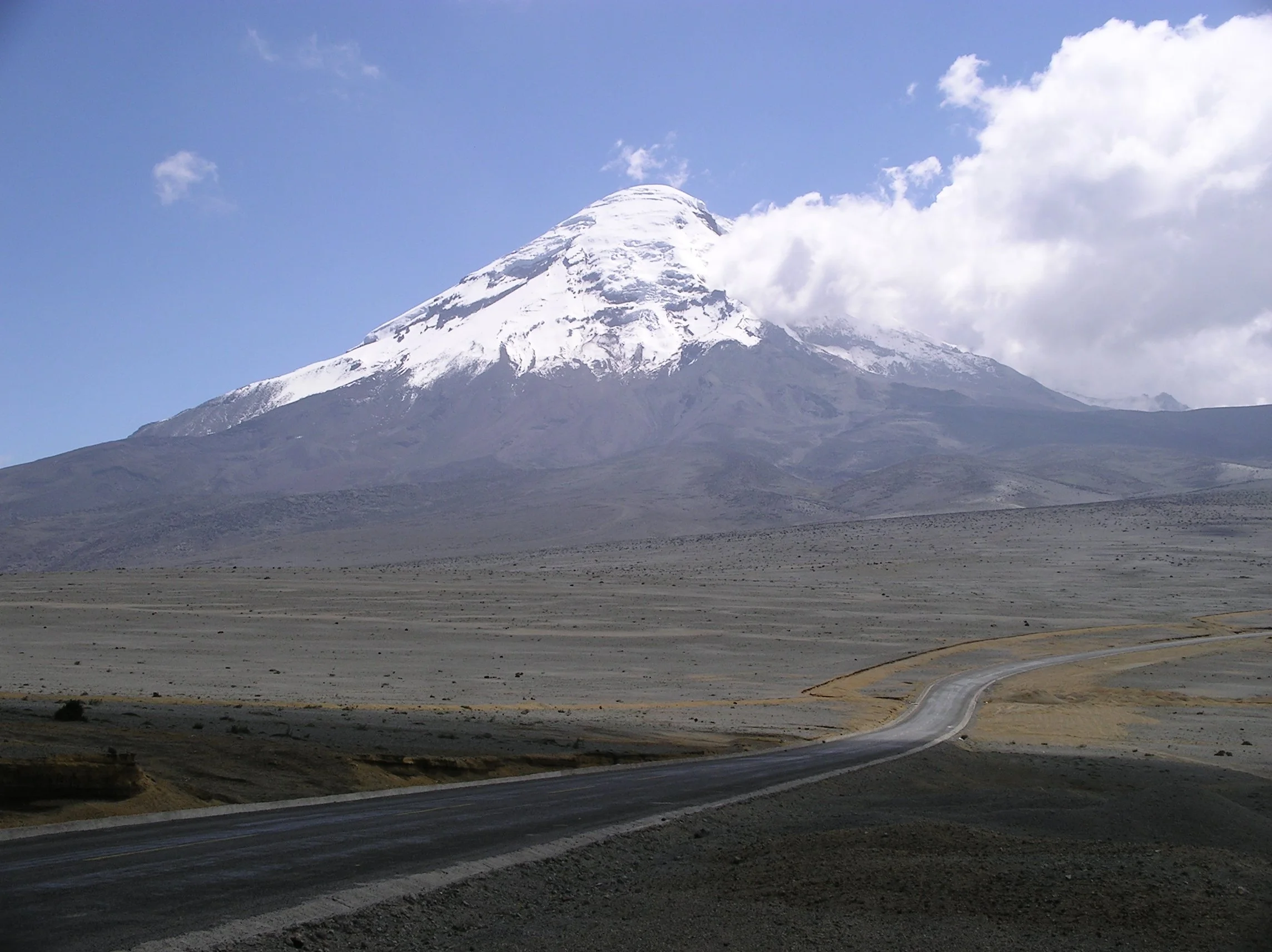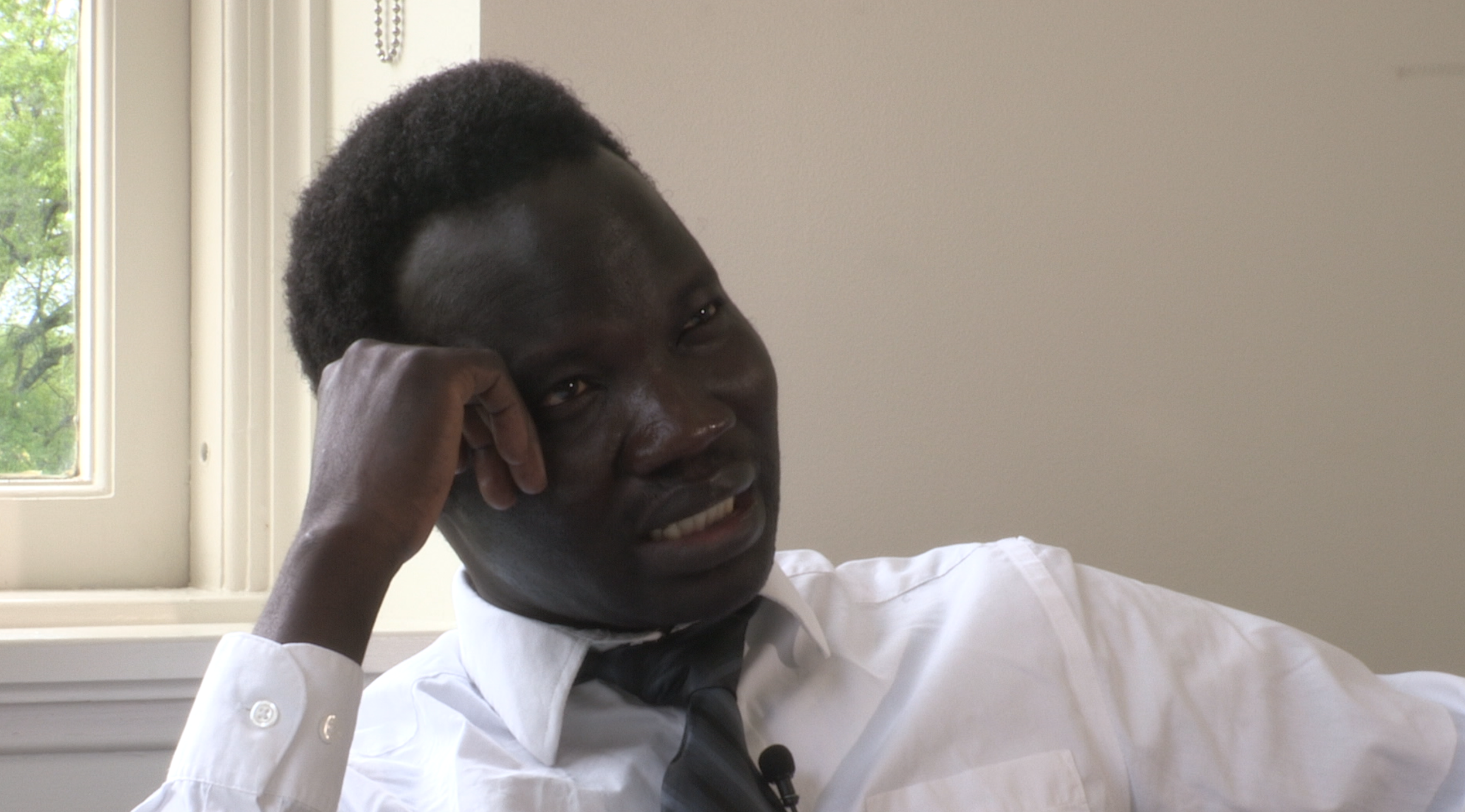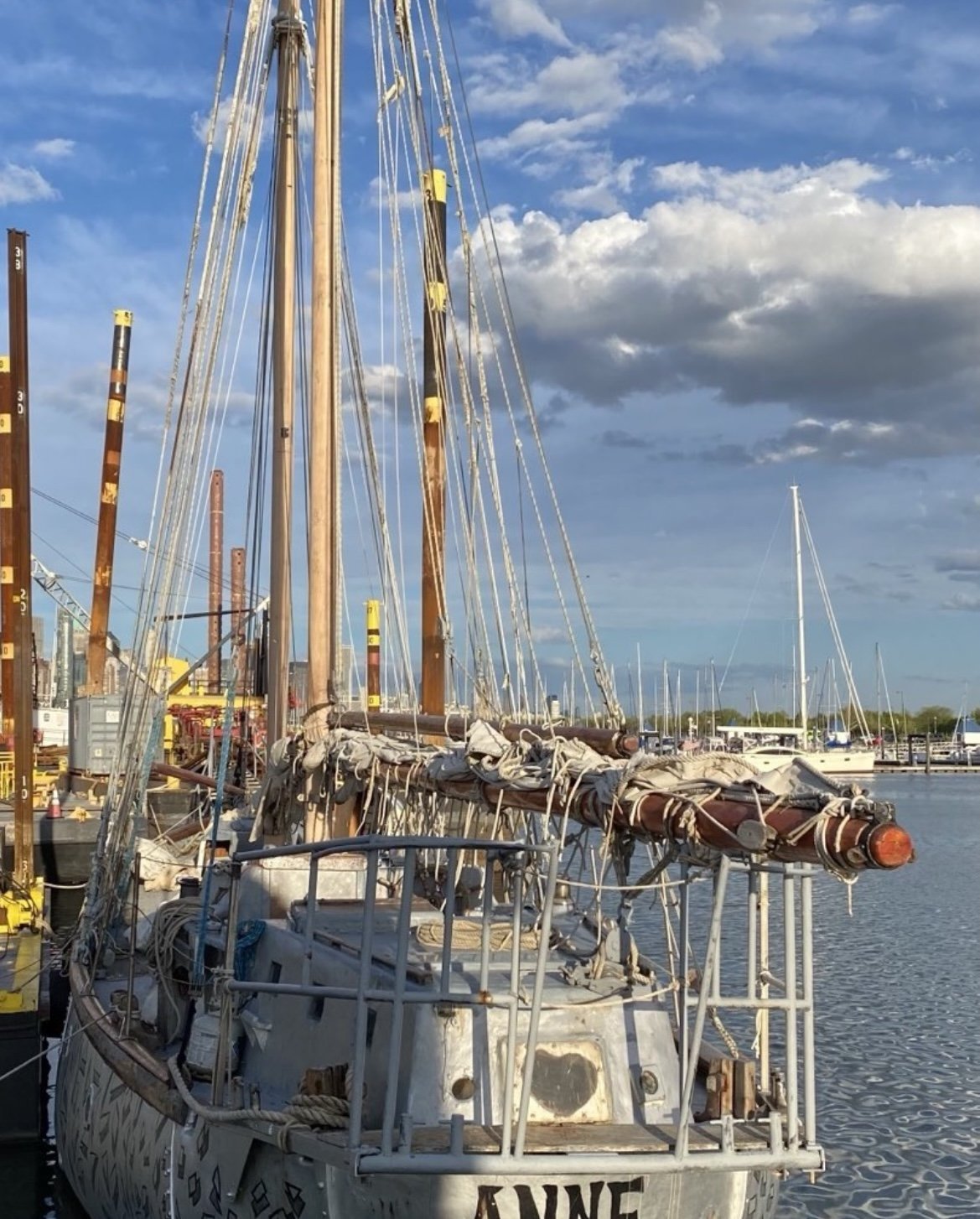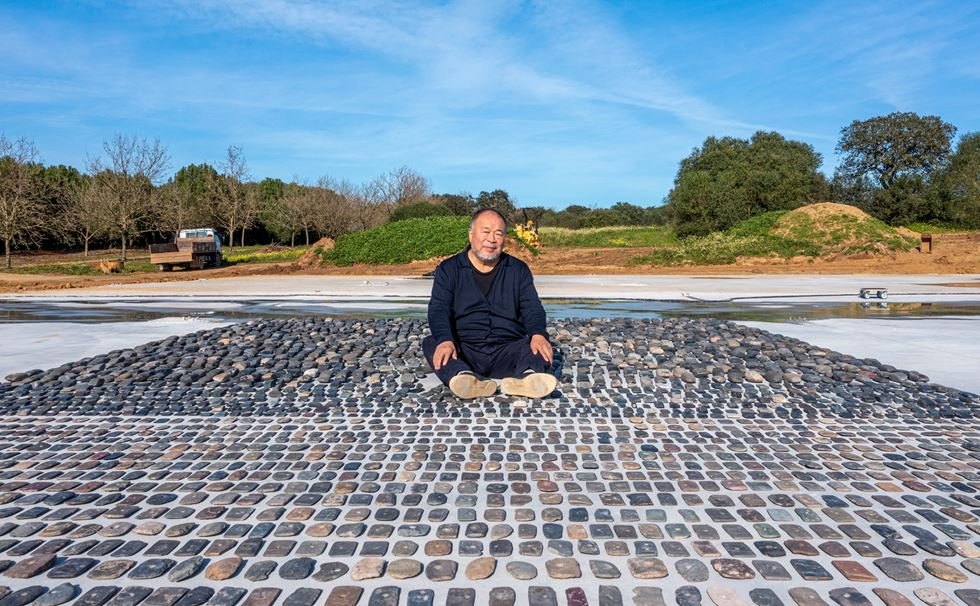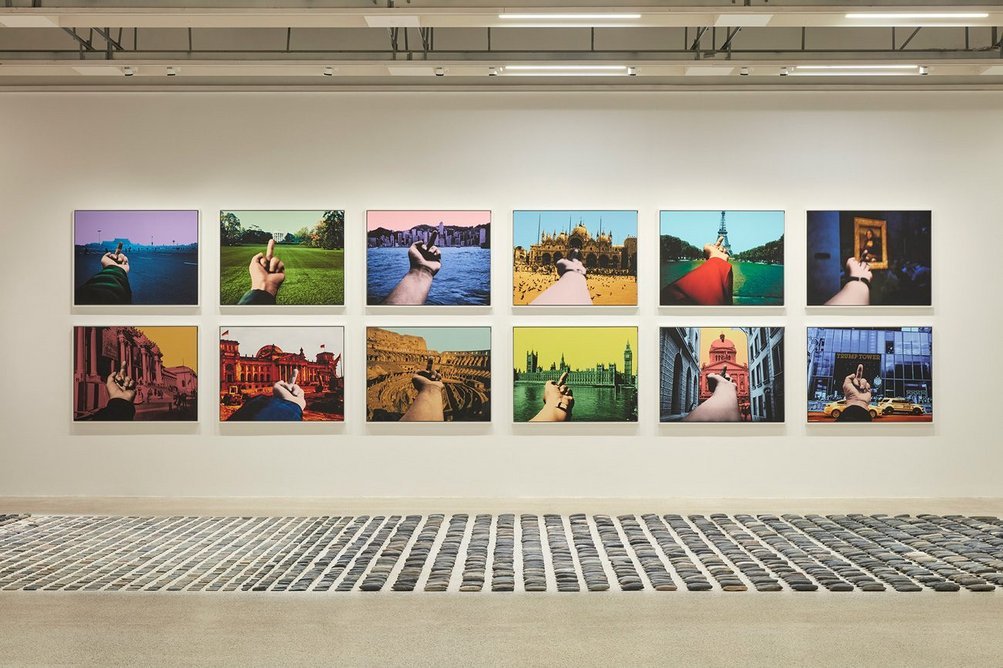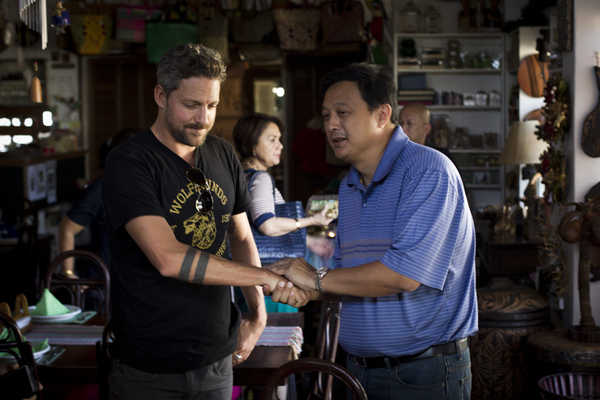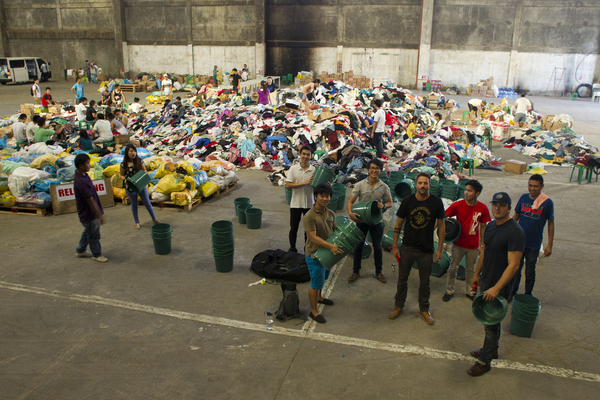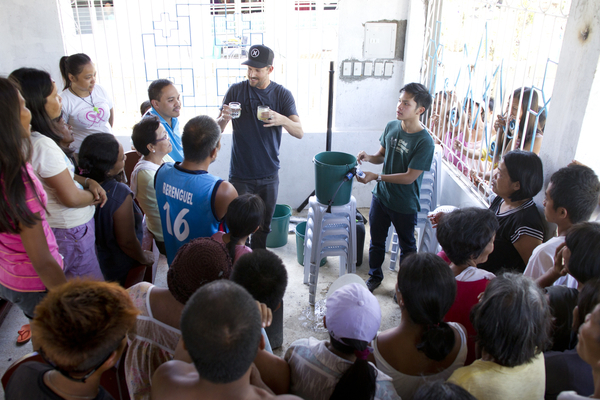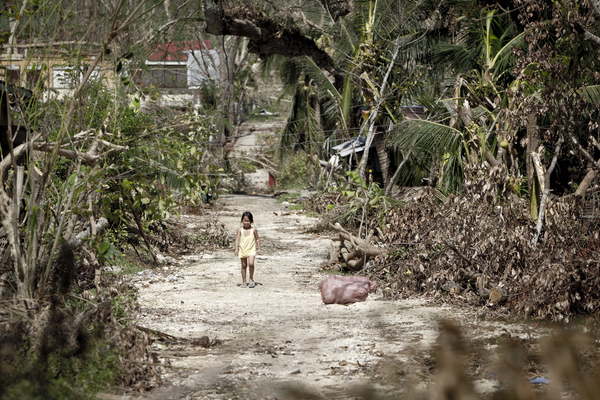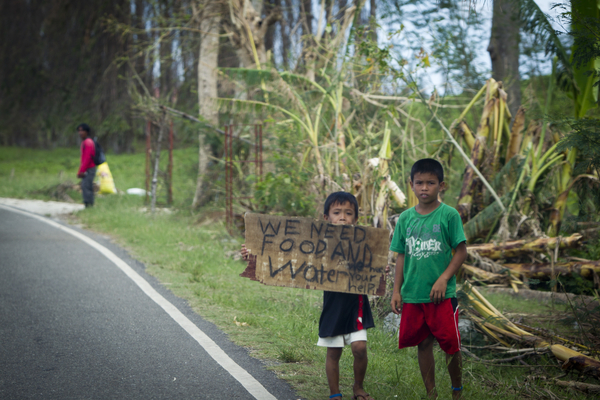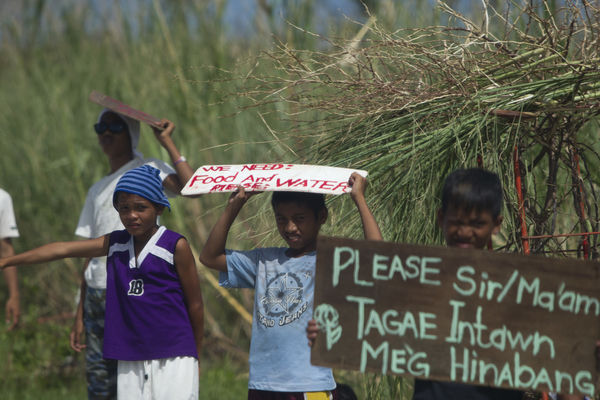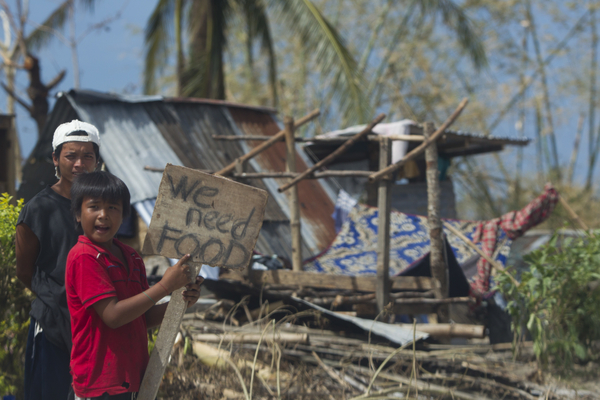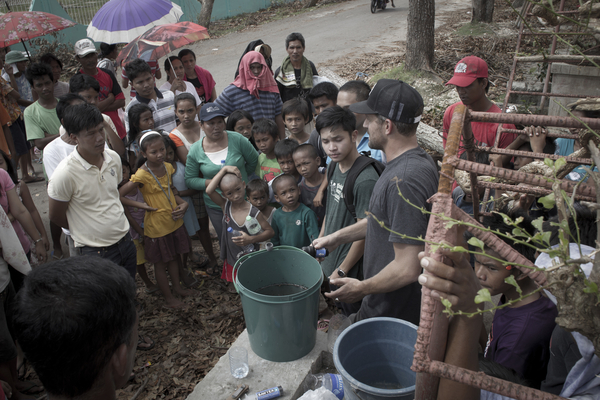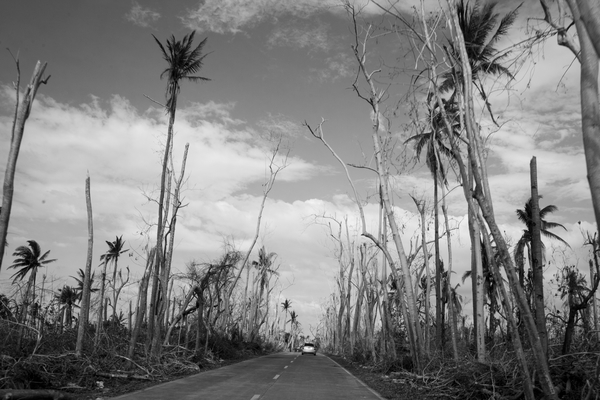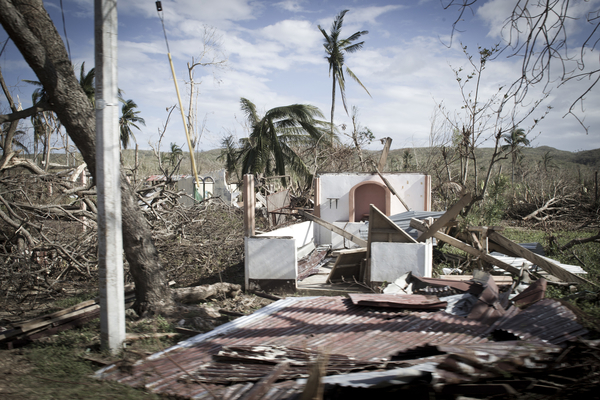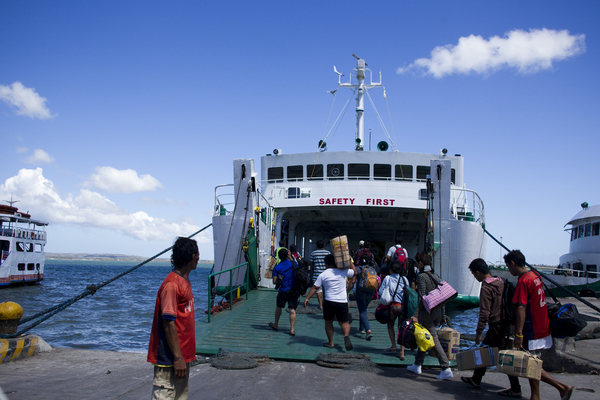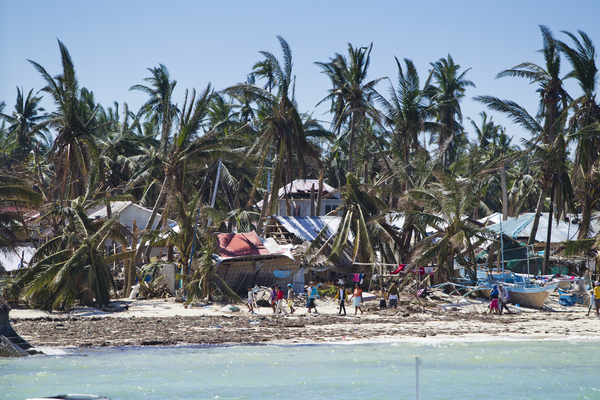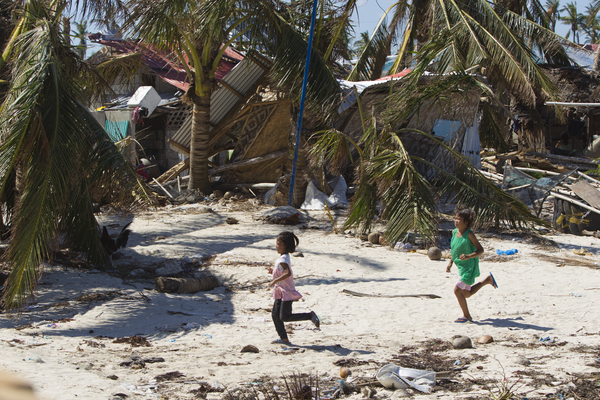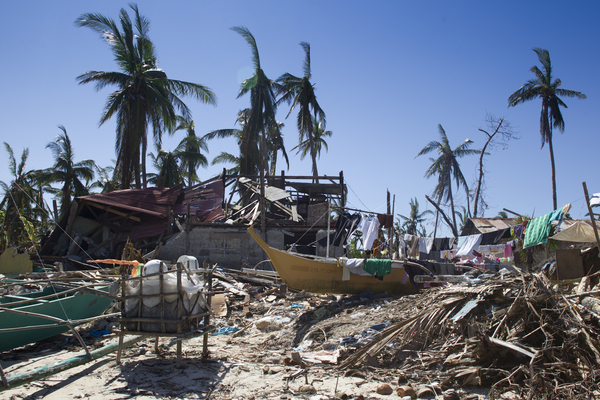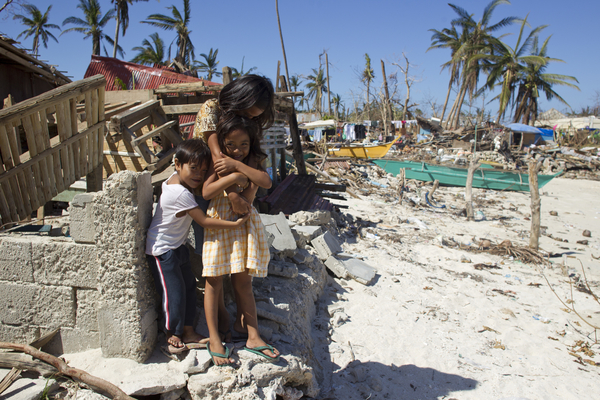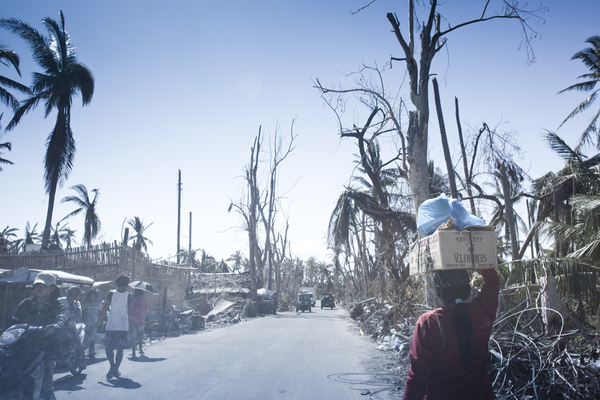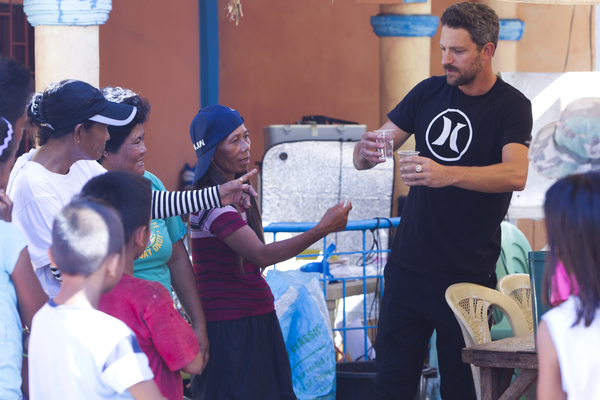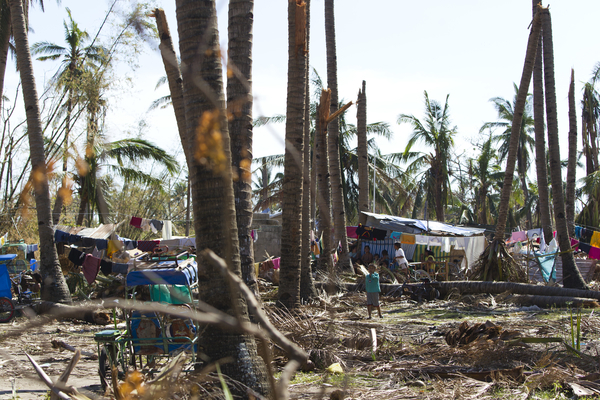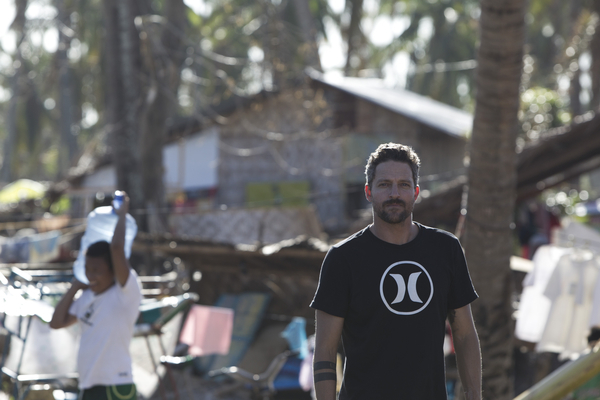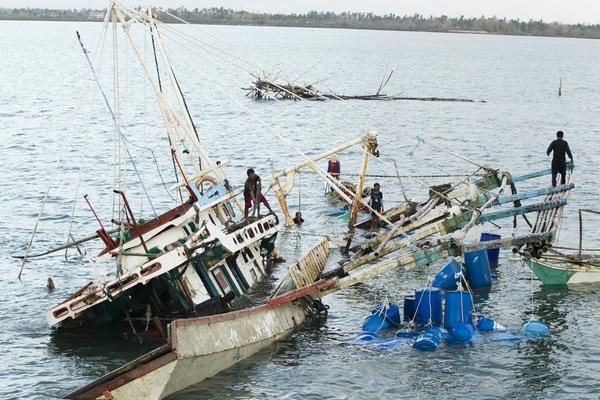Zoe Lodge
A peek into the fascinating life and career of a travel photographer.
Laura Grier in Peru. Courtesy of Laura Grier.
Sign up for our newsletter here!Having visited over 100 countries across all seven continents, photographer Laura Grier has hardly been chained to a desk throughout her career. Raised by two parents in the CIA, Grier was exposed to global travel at a young age. She spent part of her youth living in Jakarta, Indonesia, where her parents encouraged her to embrace travel and global living. She always knew that she didn’t want to spend her life in an office, and her dream career was something of a treasure hunter. “I was always interested in being sort of an Indiana Jones-like archaeologist, or a Jacques Cousteau marine biologist,” Grier said. “I’ve always been really interested in exploring the world and knowing more about it in general.” Her avenue to do so ended up being photography, which has enabled Grier to visit 101 countries and all seven continents to date. She hit the 100 mark last year, visiting 10 new countries on a road trip through Eastern Europe, primarily the former countries of Yugoslavia. Now, Grier’s work is concentrated around her social enterprise, Andeana Hats, and leading philanthropic group trips. “I’m bringing a group in September to Greenland and Iceland, meeting about 25 people, doing thought-provoking conversations, fun adventures, and photo shoots along the way.”
Grier discovered her passion for photography at 13 years old, after realizing she disliked being confined to a lab in science class. Encouraged by her mother, she pursued photography as a creative outlet and career path, eventually earning a dual degree in photojournalism and art photography from Syracuse University. Studying abroad in London and Florence deepened her love for travel, and she began photographing weddings in Europe while visiting her sisters. Offered a CIA job after college, she instead moved to Los Angeles, working at a photography studio and bartending to support side shoots. She launched a wedding photography division, eventually breaking into celebrity and destination weddings, which propelled her career into extensive global travel. “I love it because it's never the same thing. Like, that whole idea where I can't be stuck in an office and do the same thing every day—this is definitely the perfect kind of job for me,” she said. “It's never the same assignment or place you're going to or whatever, but it is a hustle.”
National Geographic brought Grier to Peru, which she noted as being one of her favorite destinations due to the country’s diversity, both in landscape and culture. “There are not many places in the world I like going back to, and I go back to Peru over and over,” Grier said. “It has anything you could possibly want. There are mountains that look like the Swiss Alps, the Amazon jungle, the most incredible ruins and culture, and deserts that look like the Sahara.” She recounted her first visit to Peru, where she had a “magical experience” swimming with pink Amazon river dolphins and piranhas at the Treehouse Lodge, nestled deep in the Amazon rainforest.
Sign up for our newsletter here!Laura Grier on a hike in her travels. Courtesy of Laura Grier.
Grier also holds a certain fondness for the places she has visited that are virtually untainted by human development, such as the Galapagos Islands or Antarctica. “Going to Antarctica was really, really special for me,” she said. “It was so mountainous and so pristine and the water was like nothing I’ve ever seen anywhere else in the world. It’s kind of magical to see that much vast, untouched land.” Grier visited Antarctica on a cruise, joining a small fraction of the population who have visited the remote continent. “There aren’t many places left on the planet where animals aren’t afraid of you,” she said, impressed by the almost complete lack of human impact. She had a similar experience when visiting the Galapagos Islands, saying, “It’s that same feeling [as visiting Antarctica] where you’re really part of nature.”
Upon establishing herself as a travel photographer, Grier reconnected with National Geographic, where she had previously worked. She began shooting for Novica, National Geographic’s artisan catalog, sparking her next big project, shooting “vanishing crafts” worldwide. Her work with artisans through National Geographic led her to an entirely new endeavor in Peru, which has become one of the most impactful places that Grier has visited in her career. Seeing an opportunity to share a cultural craft with the world, Grier and a friend launched a social enterprise called Andeana Hats to support female artisans in Sacred Valley, Peru, who have limited income opportunities, selling their handcrafted hats abroad and returning a much more significant profit to the artisans than they would have received through National Geographic or other large-scale artisan catalogs.
Sign up for our newsletter here!A group wearing hats and intention bands in Peru. Courtesy of Laura Grier.
The hats and their “intention bands,” which are decorative bands that carry unique designs and meanings derived from the Quechua language, help keep Indigenous Peruvian culture and history alive. “It first started off as what I thought would be a pretty simple passion project, and now it's taking over my house and my…everything,” she said. “I'm flying all over the world and doing markets and schlepping hats and meeting with artisan groups and it's really fun, but it's a lot of work.” Despite the challenges, Grier finds fulfillment in her work, knowing it creates a positive impact by benefitting these female artisans directly. Through it all, her career seems to keep circling back to National Geographic, the organization that shaped her path early on. “It’s funny because it just keeps on coming back full circle to National Geographic.”
Zoe Lodge
Sign up for our newsletter here!Zoe is a student at the University of California, Berkeley, where she is studying English and Politics, Philosophy, & Law. She combines her passion for writing with her love for travel, interest in combatting climate change, and concern for social justice issues.









